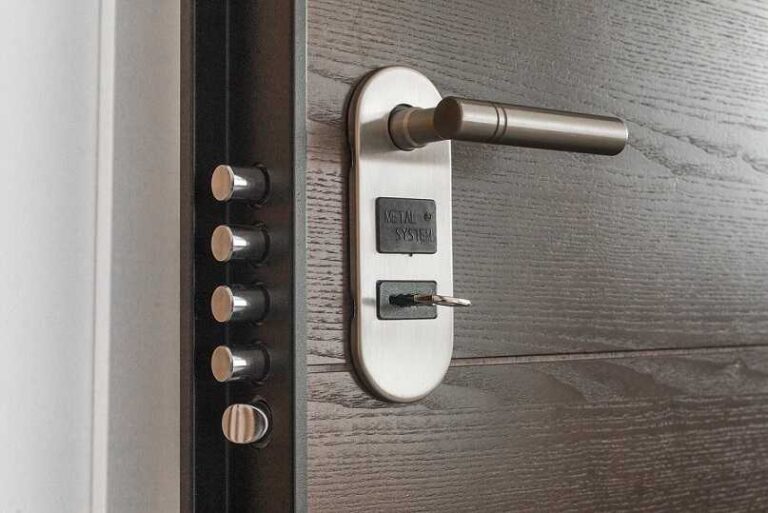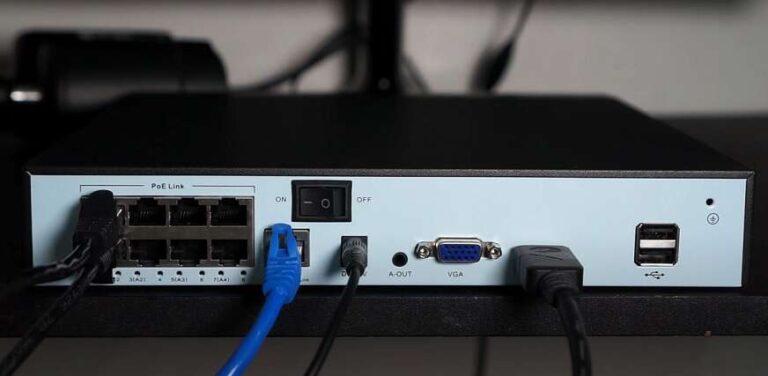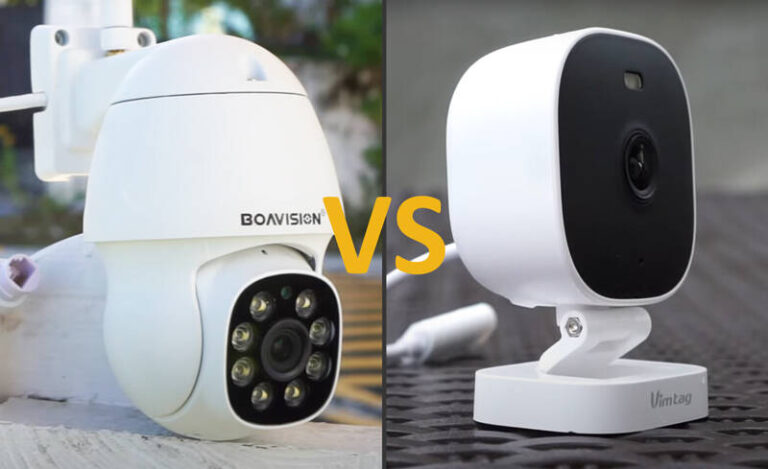How does video compression impact security footage quality?
Video compression is a process used to reduce the size of video data to save on storage space and facilitate faster transmission. While it’s invaluable for making the management of security footage feasible, it can have an impact on the quality of the footage.
| Compression Method | Type | Pros | Cons | Best Used For |
|---|---|---|---|---|
| MJPEG (Motion JPEG) | Lossy | Simple, each frame is compressed individually. | Larger file sizes compared to other methods. | Low-latency applications. |
| MPEG-4 | Lossy | More efficient than MJPEG; supports audio. | Requires more processing power. | General-purpose video streaming. |
| H.264 (AVC) | Lossy | High compression ratio, maintains quality. | Needs more computational resources for encoding/decoding. | HD surveillance recordings. |
| H.265 (HEVC) | Lossy | Improved version of H.264; even better compression. | Newer, requires modern equipment and software. | Ultra-HD or 4K video recordings. |
| VP9 | Lossy | Good for web streaming; open-source. | Less widespread support compared to H.264/H.265. | Web-based surveillance streams. |
| RAW | Lossless | Best quality; no compression artifacts. | Extremely large file sizes; impractical for long recordings. | Short clips where detail is crucial. |
Here are some of the primary ways video compression affects security footage quality:
- Loss of Detail: Most video compression techniques involve some loss of detail. In security footage, this can mean the difference between recognizing an individual’s face or reading a license plate number and not being able to.
- Artifacting: Compression can introduce artifacts, which are irregularities not present in the original video. Common artifacts include blocking (where the image is divided into square blocks), banding (visible bands of color), and mosquito noise (fuzzy, swirling distortions around sharp edges).
- Motion Blur: Some compression techniques struggle with fast-moving objects, which can result in blurred images. This can be problematic if, for example, you’re trying to capture details of a moving vehicle or individual.
- Frame Loss: To save on space, some compression techniques may drop frames, especially in scenes with little motion. If an important event occurs during a dropped frame, it won’t be recorded.
- Reduced Color Accuracy: Compression can lead to color inaccuracies or reduced color depth. This might make it harder to distinguish between two similarly colored objects or notice subtle details.
- Latency: Especially with live monitoring, certain compression methods can introduce a delay between the actual event and its display on a monitoring system.
- Lossless vs. Lossy Compression: There are two primary types of compression: lossless and lossy. Lossless retains all the original data (like a ZIP file for video), so there’s no quality loss. However, the size reduction isn’t as significant. Lossy compression, on the other hand, sacrifices some data for a much smaller file size. Most security systems use lossy compression, but the degree of compression (and therefore quality loss) can vary.
- Dependency on Other Frames: Some compression techniques, like those using inter-frame compression, save space by storing only the differences between frames rather than full images for each frame. If one frame gets corrupted, it can affect subsequent frames.
Striking a Balance:
Security system administrators need to strike a balance between compression and quality. More storage space and better bandwidth allow for less compression and higher quality, but these come at a cost. The key is to find a level of compression that retains necessary details for security purposes while still being efficient in terms of storage and transmission.
Recommendation:
For critical areas where detail is paramount (like entrance points, cash registers, or areas with high-value items), it’s advisable to use lower compression rates or higher resolution cameras. For less critical areas, where general monitoring is sufficient, higher compression rates might be acceptable. Regularly reviewing the quality of the footage and adjusting compression settings as necessary is also recommended.






